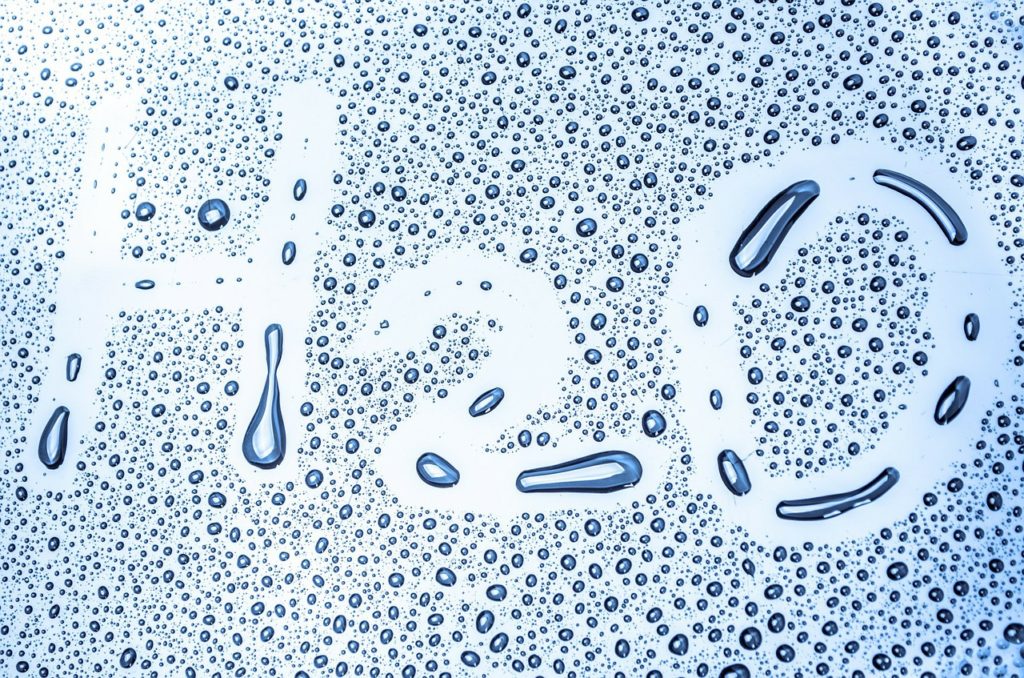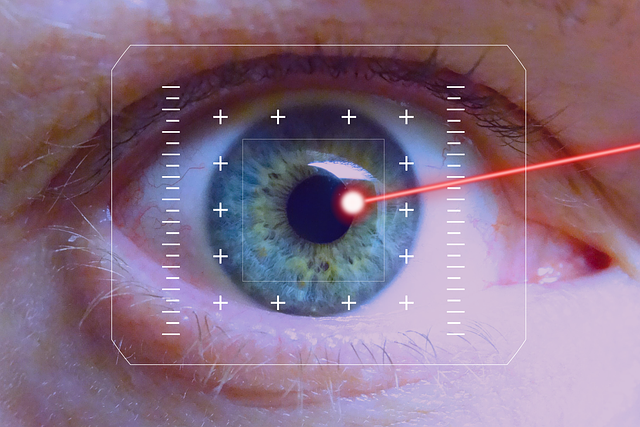Since the post series on Particles and Interactions became a bit longer than I wanted, I thought I would break it up. Let’s start with a recap of modern physics that will you will need to understand the structure of matter.
We need Quantum Mechanics to understand subatomic structure because the sizes we are dealing with are smaller than what we can describe using classical physics. We are dealing with a reality beyond what we can see or imagine. We also need to use Special Relativity because of the speeds involved are comparable to that of light. We are again dealing with a space-time structure beyond our direct perceptual grasp although we don’t usually think of it that way. I do.
We can look at it in a slightly different way. When we discussed the smallest unit, we saw that in biology, we have the cell. In chemistry, we have molecules, and in (classical) physics, we have the atom. Once we break up the smallest unit, we cannot expect the a continuity in its behavior, or features. Break up a live cell and what we get are dead chemicals. We mover from the domain of biology to that of chemistry Break up a molecule and we get atoms with vastly different properties. Compounds turn into elements. For instance, water — the most familiar compound — becomes hydrogen and oxygen, which have no similarity whatsoever with water.
Similarly, when we break up an atom into subatomic particles, what we have is not matter as you know it. It behaves very differently. In the QM picture, we cannot really think of particles as point-like, or even matter-like. It obeys, or is spread out, like a wave function. Don’t think of it as “a particle has an associated wave function,” rather as the particle is the wave function. Its properties are operators on the wave function, which is the so-called first quantization.
Once you have multiple particles interacting, we have action at a distance. The way it is modeled in classical physics is through fields. In QM, fields also become operators acting on combined wave functions, which is known as the second quantization.
I know, it is a lot of jargon. What I really want to focus, however, is on the ideas behind the study of particles, and their historical evolution. This is why I wistfully call this series the philosophy of particles, although it is bit short on actual philosophy.

